There’s an interesting thread in the MF forum of DPR. A Youtuber says that these days, a new camera offers only marginal gains, not a material advantage. The basic argument is that we have passed the era of quantum leaps in performance, and that today’s cameras are so capable that you can do almost any photographic task well will any of them. And, of course, we have the old chestnut: the camera doesn’t make the difference; the photographer makes the difference.
I’m torn. Today’s cameras are great. It’s always been true that, as AA once slyly said, the most important photographic item is located a few inches behind the film plane.
On the other hand, I’ve had new cameras open up photographic vistas that I never could have otherwise explored.
It goes back to well before the digital era. I used manual focus cameras a lot for sports, but autofocus allowed me to make sports images previously impossible for me. Motor drives were another big breakthrough for action, and I couldn’t have done This Green, Growing Land and Nighthawks without it.
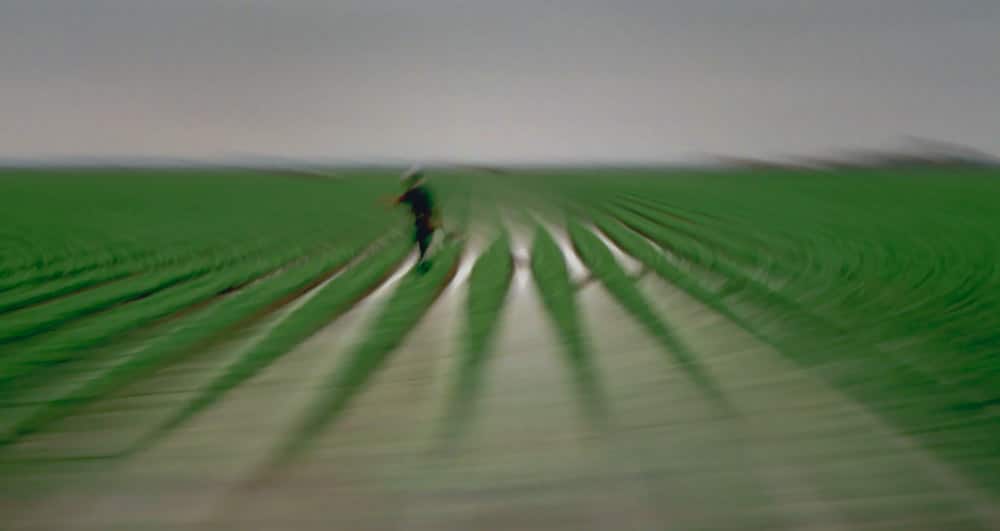

The low light capabilities of the Nikon D3 and D3S were a revelation for me, and allowed me to do the Staccato series.
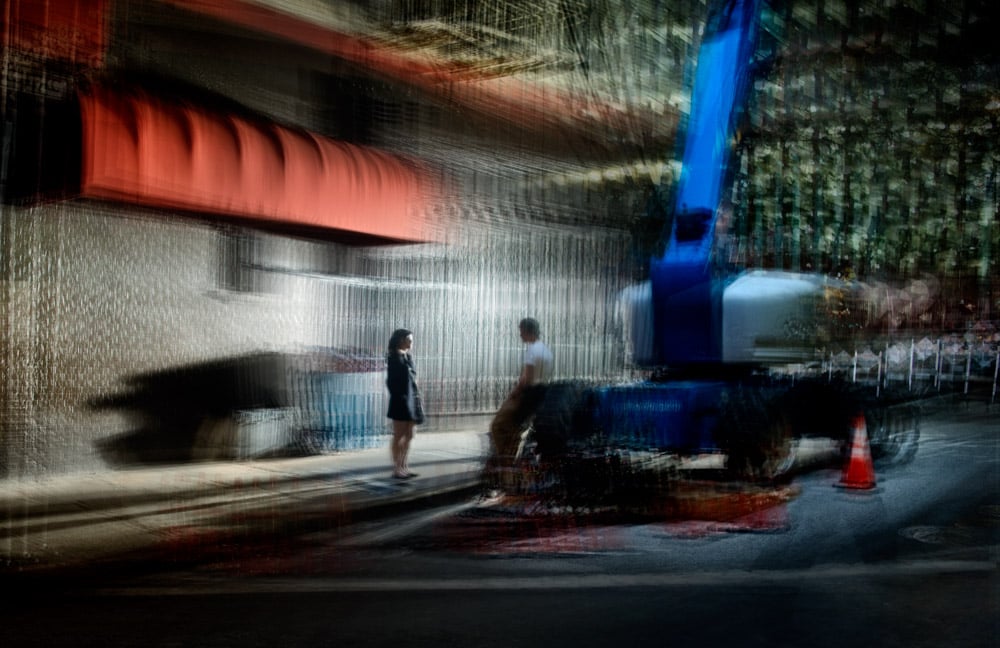
I worked for many years as the photographer for the Carmel Bach Festival. All that time, I struggled to find ways to make images silently, so that I could shoot during performances. I tried sound blimps. I tried some video cameras. Nothing was totally satisfactory. Today, with cameras like the Nikon Z9 and the Sony a1 and a9, it would be dead simple.
I did the Timescapes series using a Betterlight scanning back, and at the time there was no other way to make those images.
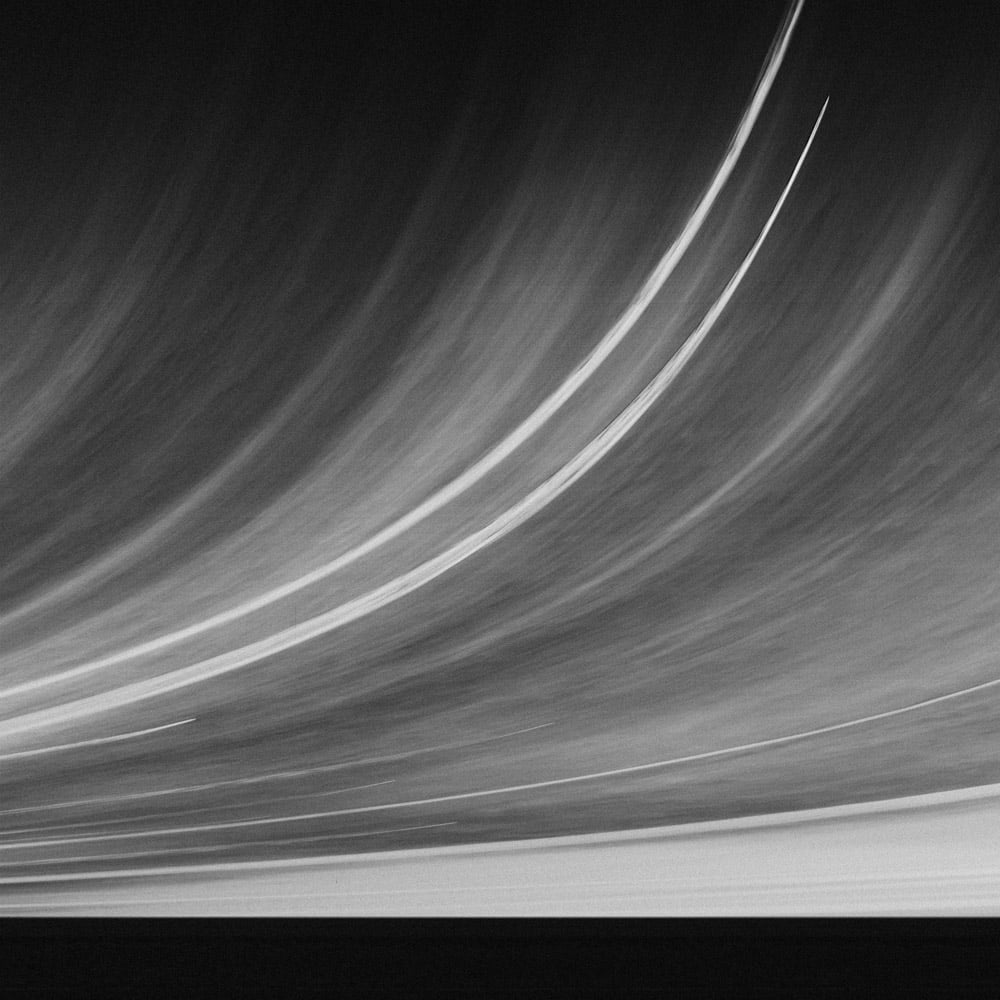
The slow electronic shutter of the GFX 50S allowed me to make distorted images I couldn’t have achieved any other way.
The focus bracketing feature of the GFX 50S camera let me make images that, while possible using a Cognisys rail, wouldn’t have been nearly as convenient that way.
I won’t belabor the point. Although the pure image quality of modern cameras is not improving by leaps and bounds anymore, there have been breakthroughs in other ways, and I don’t expect that to stop anytime soon.
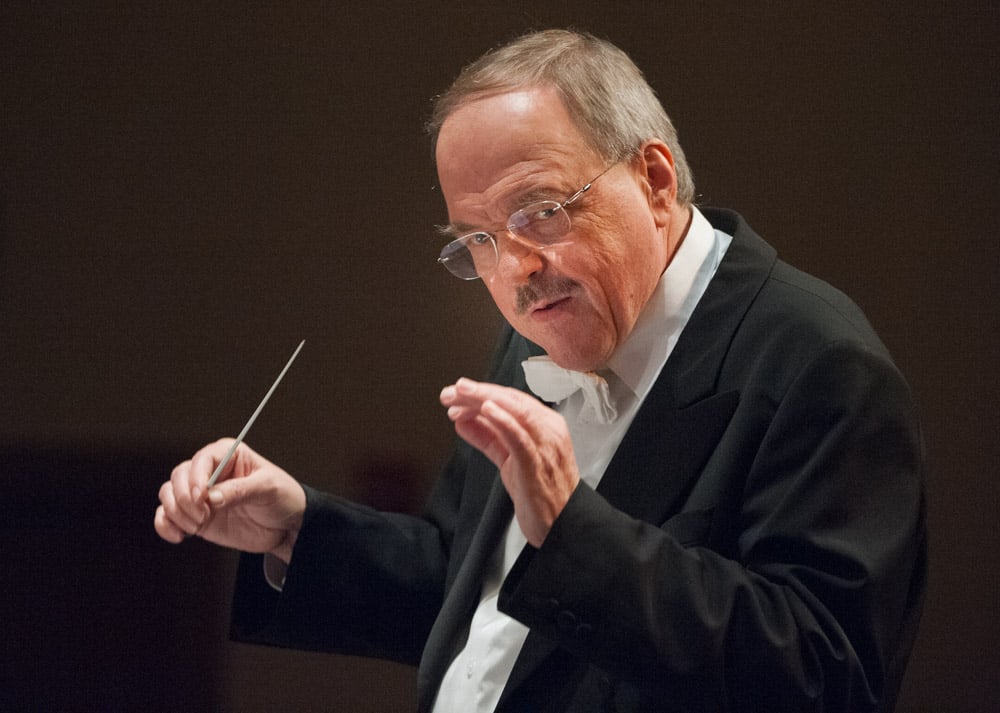
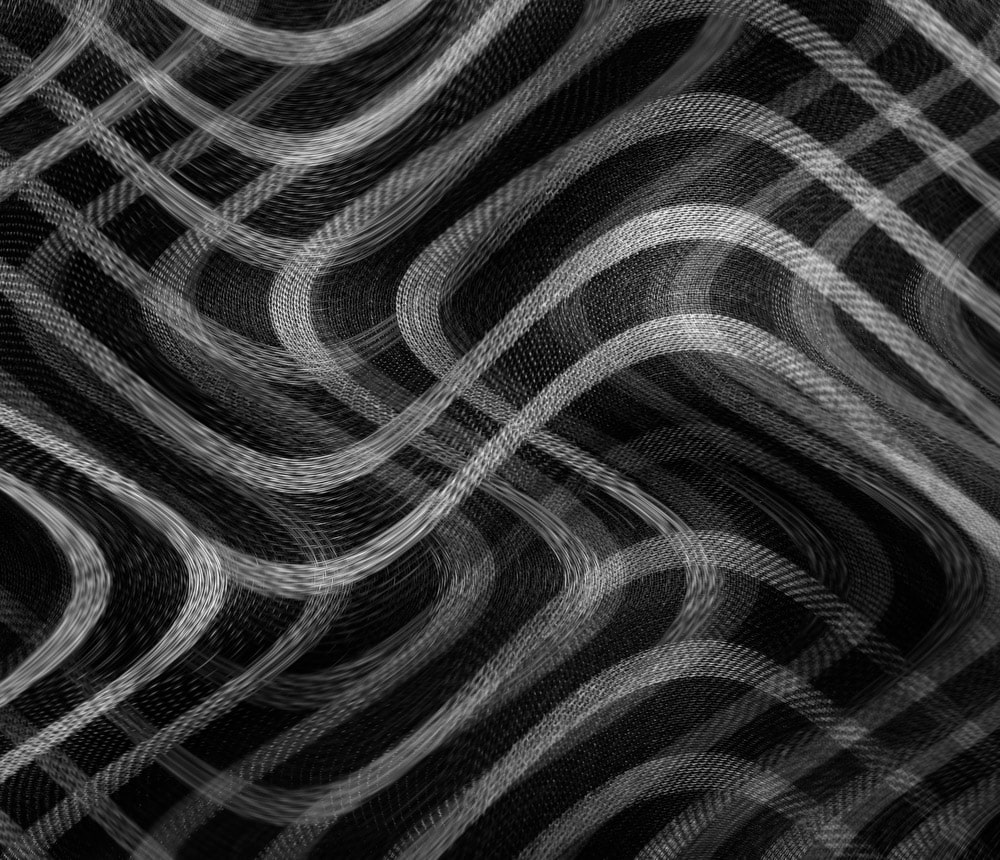
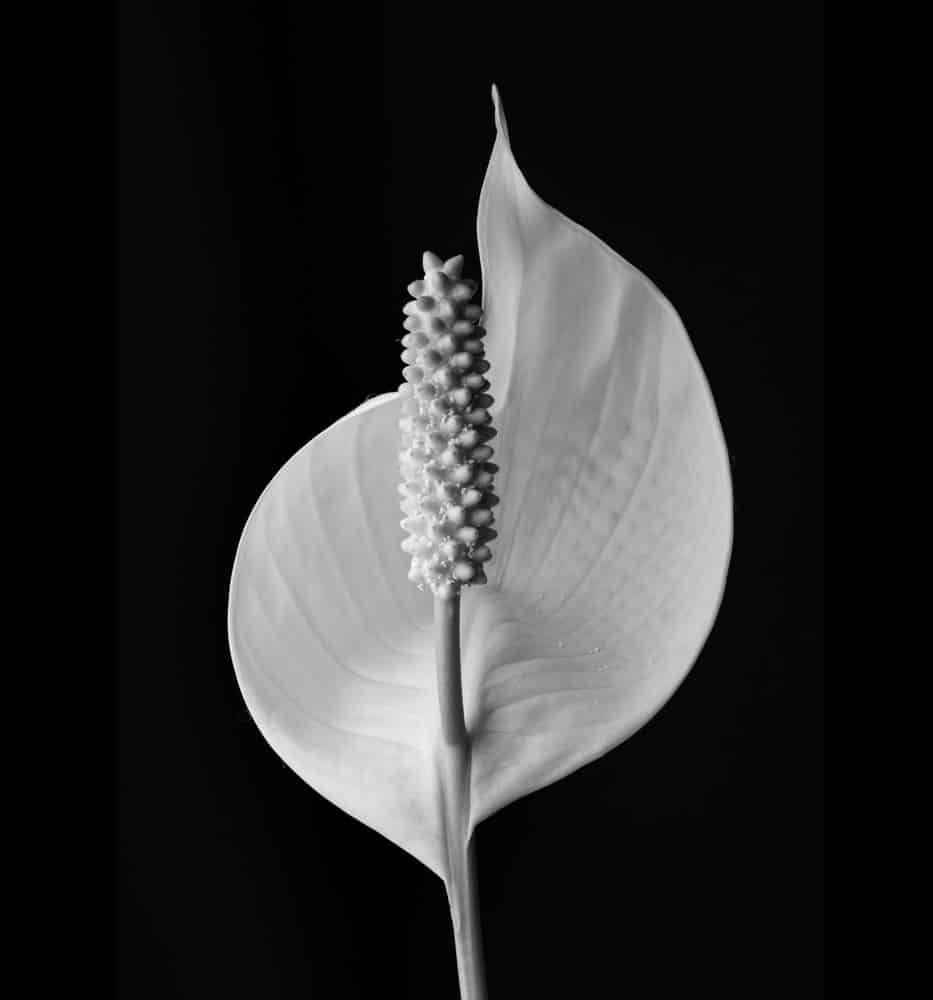
Bryn Forbes says
Totally agree. Have enjoyed many of the above abilities. Ability to shoot r5c at 8k60 raw has enabled me to not have to choose between video and stills as each frame is 33mp. The next generation will likely allow me to not have an external battery pack required for 60fps. Since I like to print very big I look forward to 12k120 and 8k240 for slow motion. In aviation photography 60fps is still too sore to capture flares leaving in just the right position unless luck is on my side.
Greg Johnson says
Great shots and lessons Jim. You are a great photographer.
Charles Cramer says
I agree! I especially loved the Staccato series.
Pieter Kers says
Very much like the timescapes… !
and in general creating an image that is just as real as what we see with our eyes, but different.
and yes new features like 8K 60p video internally makes my Nikon Z8 a very special and versitale camera. Also the most complex one i ever owned and am still learning after 8 month in use.
( also because of firmware 2.0 that makes it new in many ways.)
Thomas says
hello Jim, and friends,
perhaps we could try to split the possible answer. Generally, as to bee seen in the smart phone sector, the physical development has reached a kind of plateu, after a rather steep curve during the last 2 decades. Thias can be seen with Sony A7r series as well as with Fujifilm GFX 50 and 100 – particularly the step from the 100S to the 100MKii demonstrates the shift from hardware driven “progress” to software orientated optimizations: sensors for example remain the same, but the electronics may be tweaked. (The only exception concerns speed – particularly. the development of global shutter designs may attract some awareness – but this won’t affect the majority of photographers (excluded sports and flash oriented people). Similar observations can be made with the optical design of lenses: after a huge leap forward with aspherical designs and special glass types during the last may be 15 years we experience a rather calm period of maturation. But in general this kind of commodification also has its positive aspects, as the photographer from now on can re-focus on the process of picture taking : a kind of welcomed relief and relaxation. Cheers
Tom (Berlin/Germany)
Jack Brady, Tao on LL says
Jim, It seems that the older I get the more the little advances mean more to me than just pixel density. With that, less weight and far fewer lenses now are taking place in my camera bag.
I want to do more with less. Have just purchased the X2D with a XCD 30mm. Will displace my GFX 100s, a GR20-35, GF 32-64 and GF 100-200.
It seems that I have never left the lessons of shooting 4×5 film where I just enjoy the event of taking a shot and shooting the 500cm with the 100mm T* lens.
I eventually mounted a Leaf P45+ on the 500cm, and to be honest, I could have stopped buying cameras right there.
At 77, I’m calling the X2D my last camera and going back to Hassie for the cameras internal LUT that I just can’t get the GFX to give me that “look”.
And being open, there is some romance to returning to Hassie as I shout all their digitals up to and including the H5D50WiFi that I replaced with the GFX.
Just reflecting,
Jack